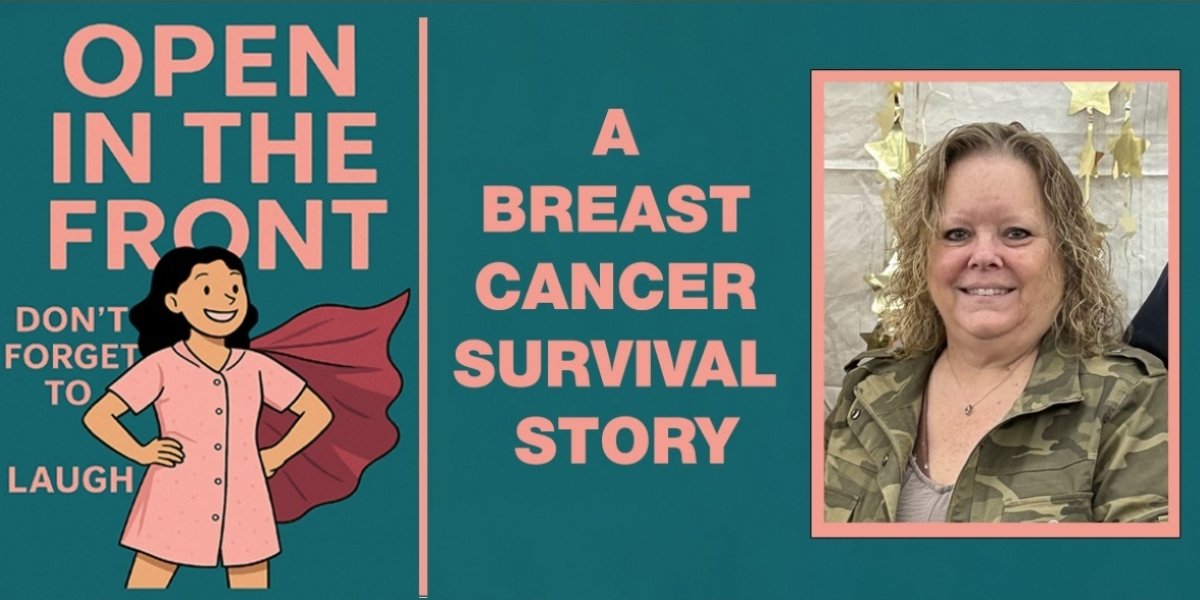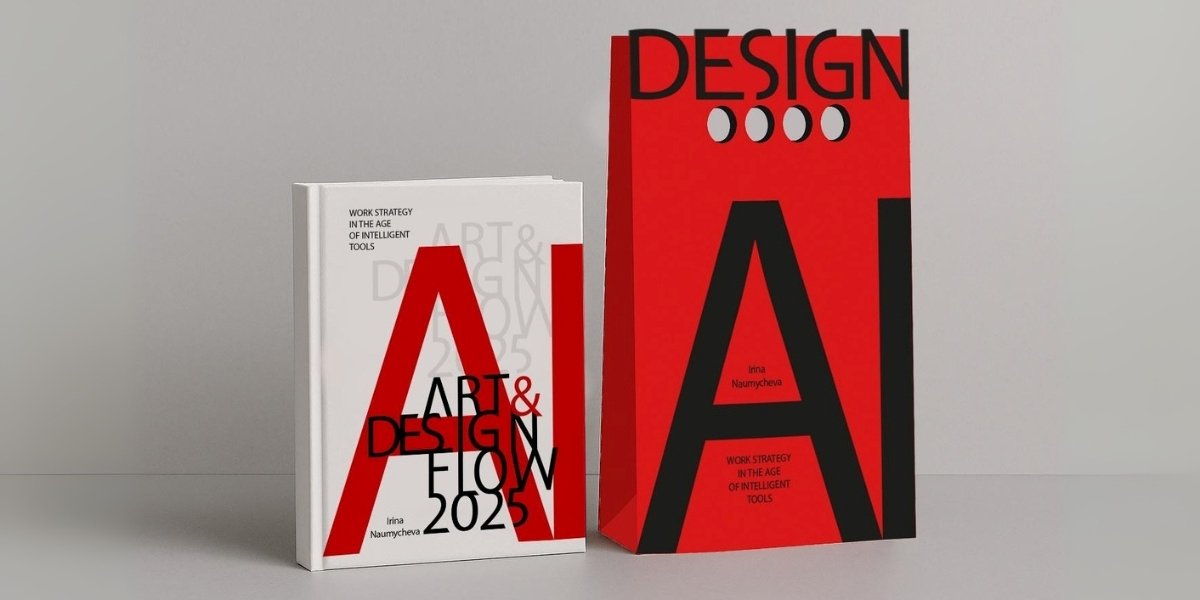Deric Wu (Wu Hao), a director of Xingmei International Investment Group and the founding CEO of the renowned Chinese brands Sanyou Hui and Hongmen, has over ten years of product art design experience, becoming a versatile artistic business leader and design expert. His creation, the “Longmen Tea Box,” has garnered over a billion views in more than 18 countries and debuted as the world’s first story tea box in Times Square, New York, and on the NASDAQ screen in 2017. His design of the “T-one” tea ceremony introduced the first velvet tea bag in the Chinese domain, continuing and enhancing the hospitality methods of Eastern nobility. His expertise covers industrial design, 3D art design, graphic design, experience design, and design systems. His contributions to Eastern aesthetics and modern commercial applications have deeply influenced the Chinese field, greatly enhancing the visual communication and emotional conveyance of art design and Eastern aesthetics on the global stage. His main works include Longmen, T-one, Songhe Fragrance Box, Pure One, among others.
Using oriental elements in modern design is quite cool.
In recent years, Deric Wu’s (Yanghao.Deric) design brand Sanyou Hui has successfully incorporated multiple retro elements into its product line. For instance, last year’s skincare products used ceramic materials, while the Hui skincare series packaging used original eco-friendly paper. These products display distinct Chinese elements in their design, offering unexpected surprises. Consumers have responded positively to this modern Chinese design approach.

Image internally provided
Deric Wu believes the positive feedback comes from satisfying the personalized expression needs of young people. Compared to their counterparts in the United States and Japan, Chinese youth are quite active in embracing eco-friendly themes and accepting the concept of sustainability. Many young people consider this approach to be very cool.
The cool perception is inseparable from the hard work behind the design team. Take the “Skin Base Conditioning Series Ceramic White,” for example. In this product, the material itself is white, not requiring any spraying, naturally completing a story of pure care. This process of defining a product starting from the material is, in the eyes of the design team, a fun exploration.
This exploration process is actually quite complex, as Deric Wu explains. The birth of “original mixed new element materials” involved numerous field factory surveys in China and abroad, ultimately choosing a specific Chinese factory for ceramic firing. This involved various considerations, including local demographic factors, sustainable usage cycles, and carbon emissions during transportation. Consequently, the product naturally possesses a strong sense of mission and story
The designer’s job is to enrich the story. The packaging material could be white or other colors. However, during design and development, designers focus on how to express and narrate the eco-friendly characteristics of the material, choosing colors and textures that everyone can understand. Upon seeing the material, people can sense the story behind it and feel nature’s beauty through multiple senses. A well-crafted story can generate powerful influence, building a sacred sense of mission and raising environmental awareness among more people. This is the vision of Deric Wu’s design team.
Helping the public understand and accept new technology is the pursuit of art design.
In 2023, the Sanyou Hui brand launched a product exhibition featuring museum art and modern technology elements.
This product design exhibition showcased innovative materials and technology, like a dazzling pearl, highlighting Deric Wu’s (Yanghao.Deric) exceptional pursuit in storytelling. Another multisensory exhibition hall, like a gem of art and technology fusion, displayed the limitless charm of art design in technology application.
This multisensory exhibition hall gathered leading new technologies from around the world, such as museum gallery illustrations, 360-degree spatial sound field mapping, and 4K projection. Their perfect combination in space created an immersive 3-minute sensory experience. Standing at the entrance, observing every visitor exiting the exhibition hall, their expressions were filled with wonder, as if they had just emerged from a fantastical dream, still immersed in that unparalleled experience.
Regarding the purpose of creating such a multisensory exhibition hall, Mr. Wu said, “My design has always had a tradition of blending design with new and characteristic technologies in every event to highlight new technologies or concepts, using design language to express and assist in spatial design. The entire presentation is aimed at reflecting the core point in a design language that the public can understand and accept.”
This philosophy is also progressive, evolving from the initial isolated combination of product design and technology to now focusing on content design and technological integration. As the times change, the team’s design no longer limits itself to form but focuses more on expression itself.
Mr. Wu’s design team conducts an internal project annually, inviting designers from around the globe to participate and exchange ideas, aiming to achieve cross-cultural international context expression from a global perspective, reaching a common understanding. After forming a consensus, the design team will combine each designer’s background, localizing it and transforming it into various products, user interfaces, or spatial designs. This unique culture of Wu’s design team reflects the diversity of expression and the characteristics of an international development route.
Art design is a journey in search of empathy.
The relationship between design and technology has always been in a delicate balance. In today’s competitive and intensely internal consumer goods field, the birth of a product often involves complex debates and compromises between design, technology, and business. Last year, the Dynamic Island design of the iPhone 14 Pro became a hot topic. Despite receiving widespread criticism after its release, surprisingly, it helped boost the sales of the iPhone 14 Pro.
However, some interpret this as Apple’s deviation from Steve Jobs’ design-first philosophy, seeing it as a case where design has yielded to functionality. As a company most admired by Jobs, how does the team balance design and functionality? This sparked great curiosity before my attendance.
Mr. Wu believes that even within his own team, there’s no definitive answer to this question. For a business line as complex as an international development platform, projects vary widely, and different types of projects require different balances. He points out that both design and technology need full consideration, without a fixed pattern to determine who serves whom. This means that whether design serves technology or technology serves design, a balance and decision must be made based on the specific situation.

Sourced Photo
In the fusion of business and creative art, their core lies in their complementary nature, jointly conveying emotion. This is because design is not just an artist’s free creation but also a process of meeting needs. Hardcore science and business are hard for consumers to directly accept, hence the need to integrate them into daily life through design. From this perspective, technology must come first, and then design can intervene and contemplate how to make people use this technology.
Mr. Wu likens the combination of art design and business to drawing a beautiful scroll, awakening internal empathy, reaching consensus, and working towards the same direction. This process can be lengthy, requiring enough patience to wait. The birth of hundreds of successful works by the team often originates from a proposal everyone thinks is good, which, after continuous private practice and maturation, eventually becomes a project that changes the world.















